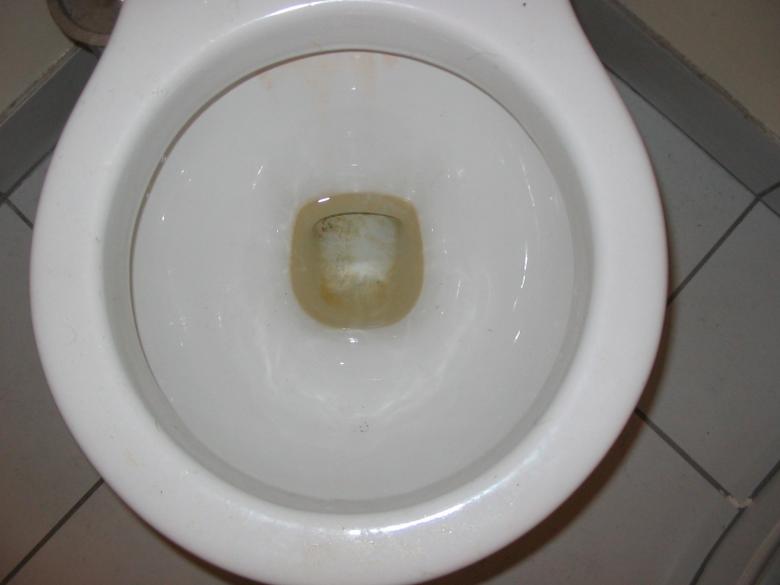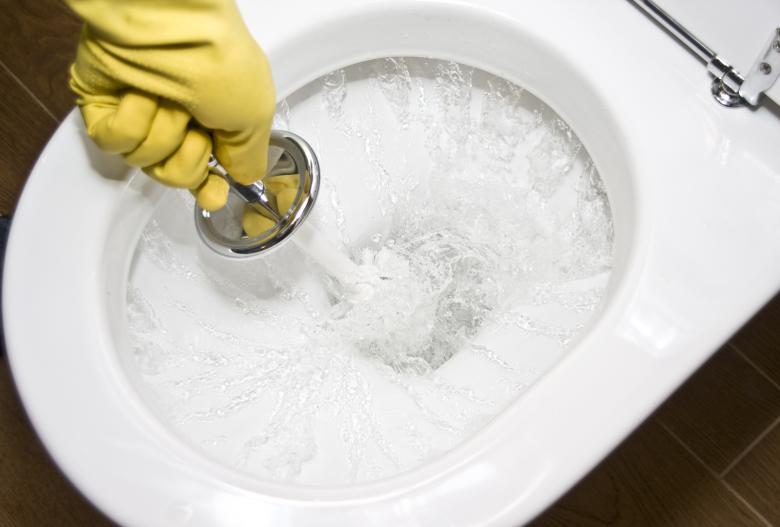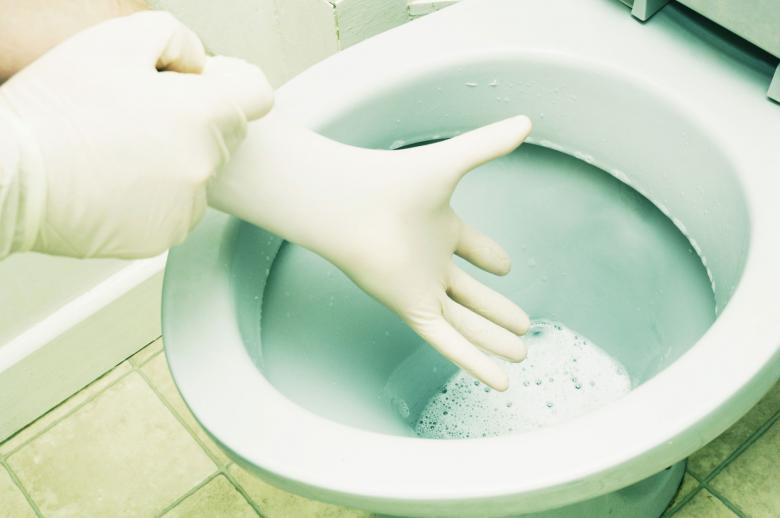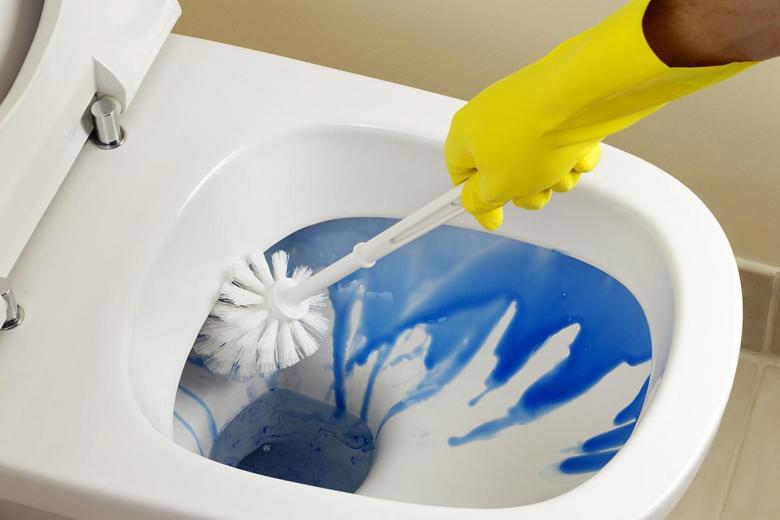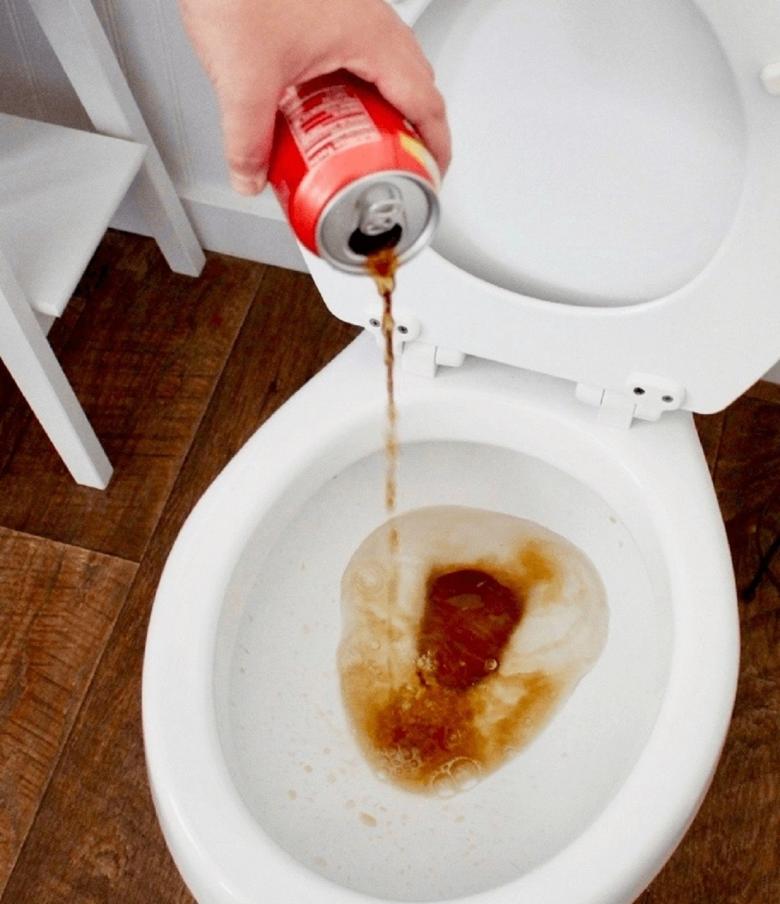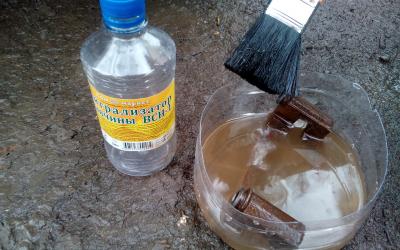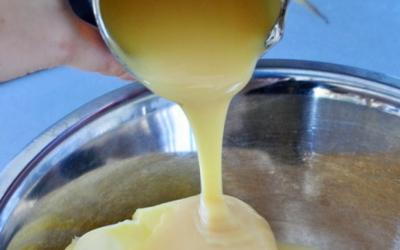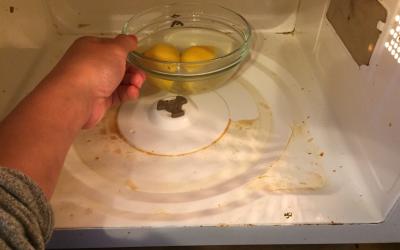How to clean the toilet bowl at home - only proven ways
The toilet bowl is necessary in any home, because without it it is difficult to maintain normal hygiene. But many people neglect its cleanliness. They mistakenly believe that the unpleasant smell comes from another source. And when it becomes clear it is already too hard to clean the yellow plaque.

Naturally this is an unpleasant procedure. But you can use rubber gloves and a respirator. They will reduce contact with contaminants and chemicals and ensure a comfortable cleaning process. For this, you can rely on chemical means and folk methods. However, prevention is considered the best way to deal with toilet fouling.
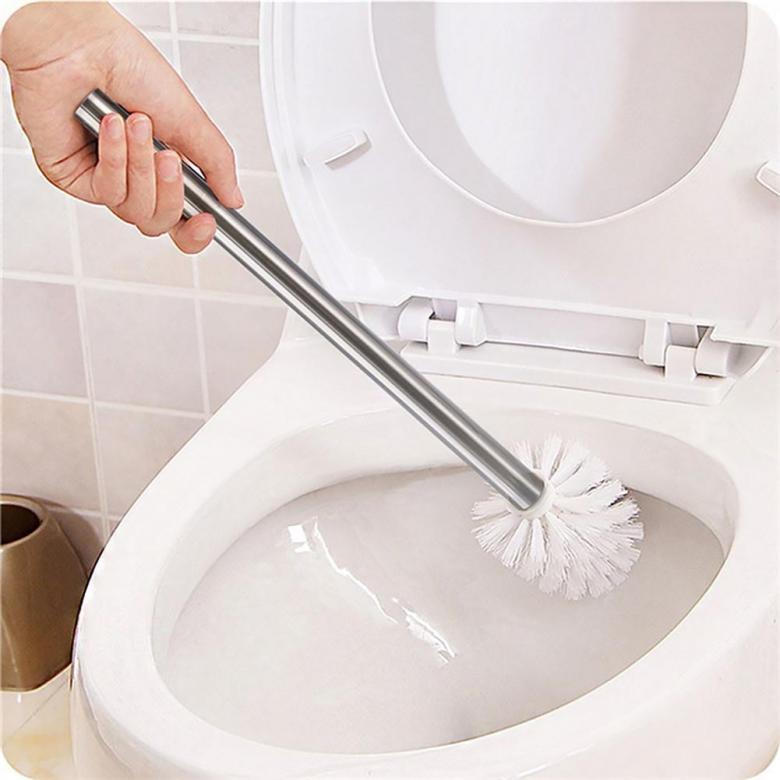
How prevention is carried out
It is enough to regularly carry out simple recommendations to maintain a good microflora of the toilet bowl. Then you will not have to think about how to clean the toilet bowl, why it is in such a state. No complex types of dirt or deposits will not have time to form on the inside or on the other side of the sanitary ware:
- Minimal cleaning is done every day. A scrubber is used to remove minor nuisances and get rid of stagnant water;
- After using the toilet, it is always necessary to operate the flushing system. This is neglected by the children, so it is necessary to explain the meaning of this activity;
- It is not necessary to bring water flushing to the point of fanaticism. It is necessary to control the amount of liquid, so lime does not form on the toilet bowl;
- It is necessary to make sure that the water does not flow out of the barrel on its own. Many people think that this is a good thing, because there is always a flush of sewage. But this is not the right opinion. Leaking cistern only creates the basis for the formation of mineral deposits;
- Food with large vegetables, fruits, pieces of meat should not be poured down the drain. They can block the normal flow of water. This will cause stagnation;
- Never pour boiling water down the toilet. It provokes the formation of microcracks, which quickly fill with dirt and contribute to the rapid reproduction of bacteria.
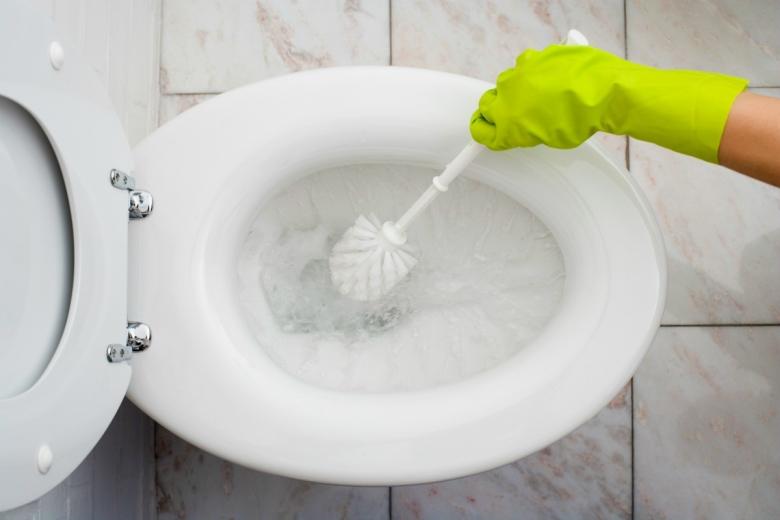
Important: In order not to think about how to clean the toilet bowl are used tablets to add to the cistern. But use a proven means, such as cubes Bref Duo-Cubes or Chirton, otherwise you can get unsightly streaks, which are hard to clean or formed the decay of the plastic base of the cistern.
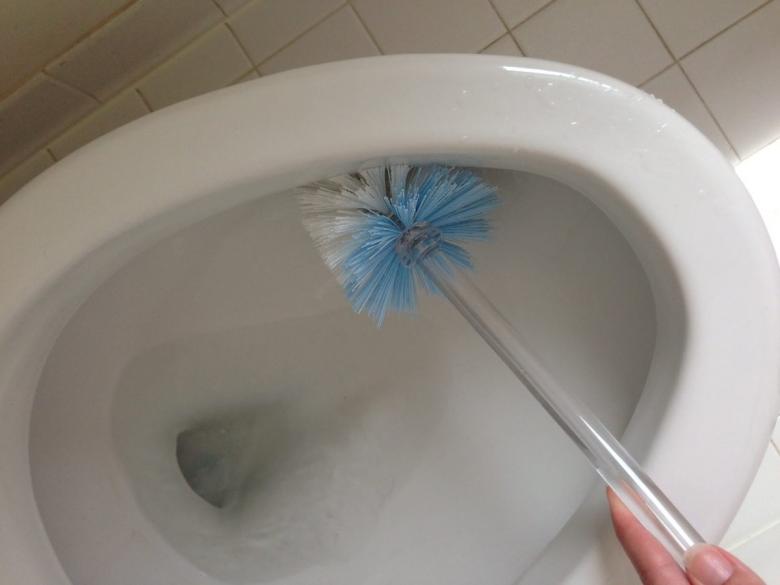
How to get rid of limescale?
If, even after regular preventive measures, limescale has formed, it is necessary to move on to radical methods of control. It is easy to buy everything you need in the store. For this purpose it is enough to ask the seller, "how to clean a toilet bowl from a scale". He will offer a huge range of cleaning liquids, gels, powders, pills, creams and other means. They are based on the action of four active ingredients:
- Chlorine is suitable for disinfection, the daily prevention of toilet bowl soiling;
- Acids easily cope with limescale, urine stone or rust;
- The group of alkaline chemicals provides surface disinfection, can noticeably soften the scale or organic pollution;
- The abrasive elements can remove old stains. Although used with care, because they can damage the surface of the toilet bowl.

Folk tools to combat urinary stone on the toilet bowl
If there is no time to buy chemicals or for various reasons there is no confidence in them. Then folk remedies proven by decades of successful use are used. Let's take a closer look:
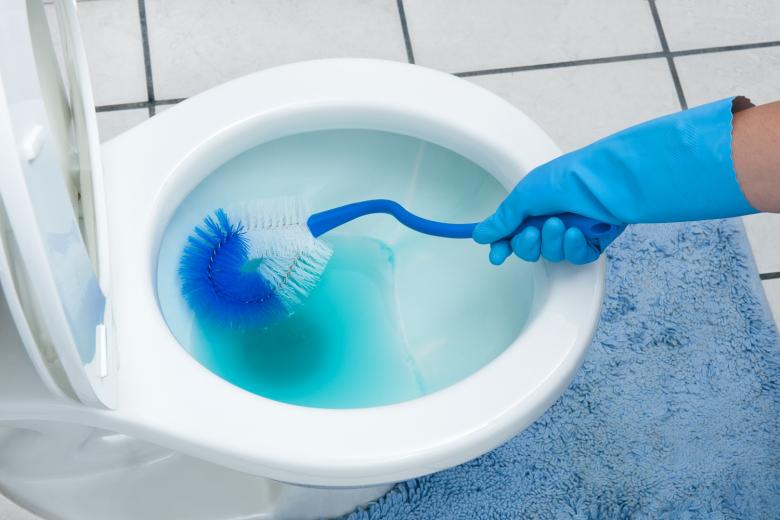
Citric acid
Does not require a large expenditure. But it is effective. The contents of the package is poured in a circle on the basis of the inside of the toilet bowl. The lid is put down, but the flush is not carried out until morning. After sleeping, a brush is used to clean the surface of the toilet bowl. Everything is flushed with water. If there is anything left, it is necessary to repeat the procedure the next night.
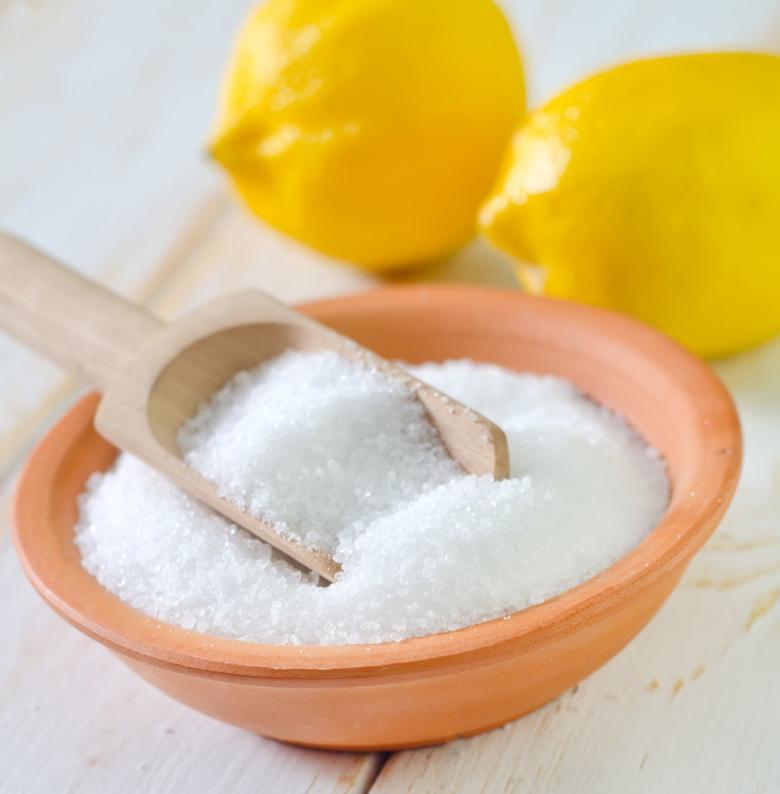
Carbonated water
Coca-Cola is usually used, since its nuclear composition is legendary. But Pepsi or other soda is also effective. The main thing is that the selected drink contains large amounts of orthophosphoric acid, designated as an additive E338. In the toilet is sent 1-2 liters of beverage, incubated for 2-6 hours or overnight. Urinary stone and other plaque is scrubbed with a brush and rinsed off with water.
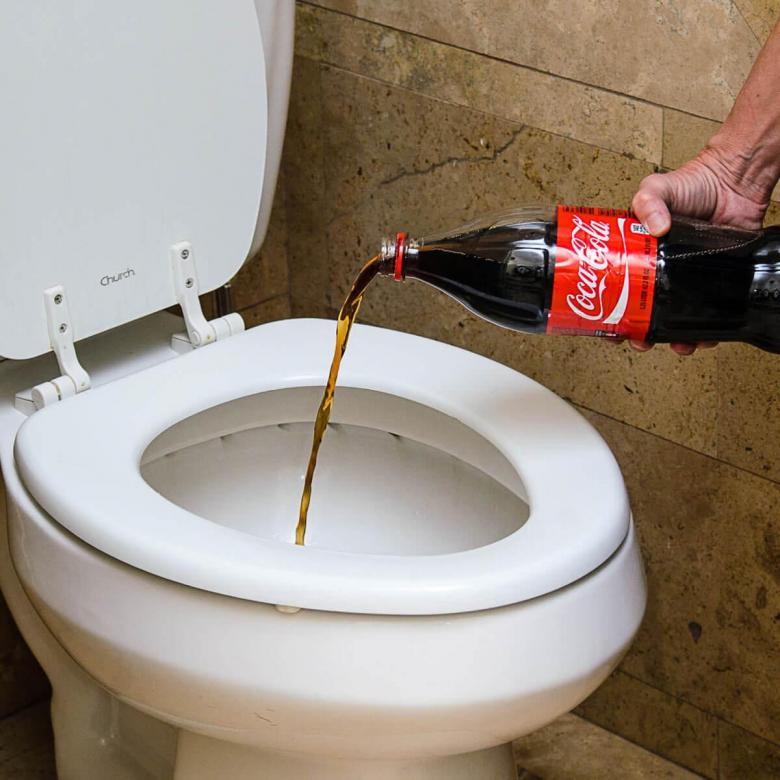
Acetic Acid
Its properties have long been legendary. It is used everywhere. But to soften the deposits of urinary stone will require only 9% concentration of acetic acid. It is poured into an iron mug, heated to 40-50 degrees Celsius, 1 teaspoon of baking soda and a few drops of iodine are added. The solution is poured into a more comfortable container and left to stand overnight. In the morning the water is cleaned and drained.

Hydrogen peroxide together with ammonia
If after all the folk procedures the question of how to clean the toilet bowl from a urinary stone is still relevant, then it is necessary to move on to a more powerful means. Use 100 ml of hydrogen peroxide and 40 ml of ammonia. A solution based on these proportions is created more often. Thanks to the brush is applied to the surface.

An even distribution is observed, the toilet bowl lid is lowered. Wait 2-3 hours or overnight, depending on the complexity of the dirt. In the morning, you should do a good job with a pipe cleaner and drain the water.
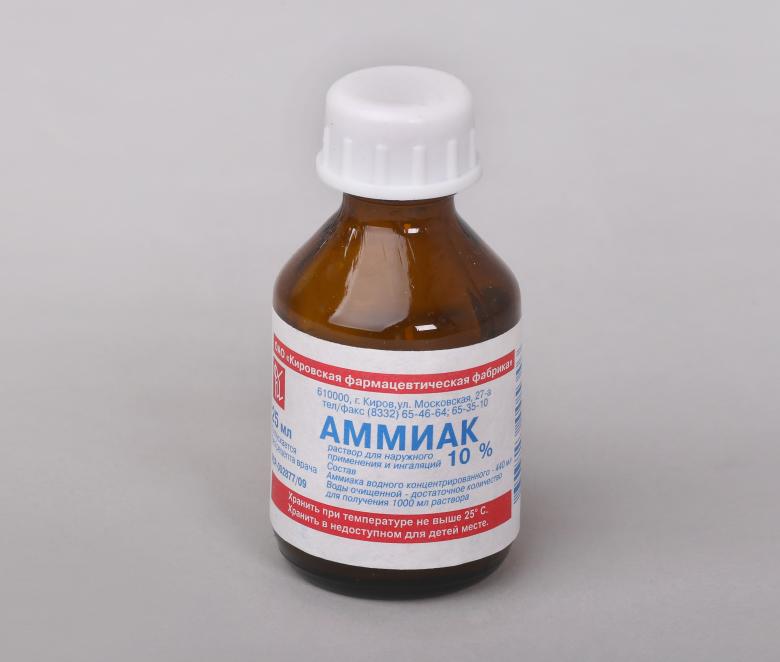
Important: Ammonia is a dangerous substance, so turn on the extractor in the toilet or if there is no extractor, open the windows in the apartment. Do not sniff bottles of ammonia or inhale their contents. Gloves and a respirator are used. Create conditions for the absence of children, adults or pets in the toilet for the period of use of the substance.

If there is rust on the toilet bowl?
If you neglect the prevention of cleanliness of the toilet bowl is sure to form unpleasant dirt. We will have to deal with how to clean the toilet bowl from rust and other impurities, which appeared as a result of constant excess moisture, thanks to the mineral salts in the water and various bacteria.
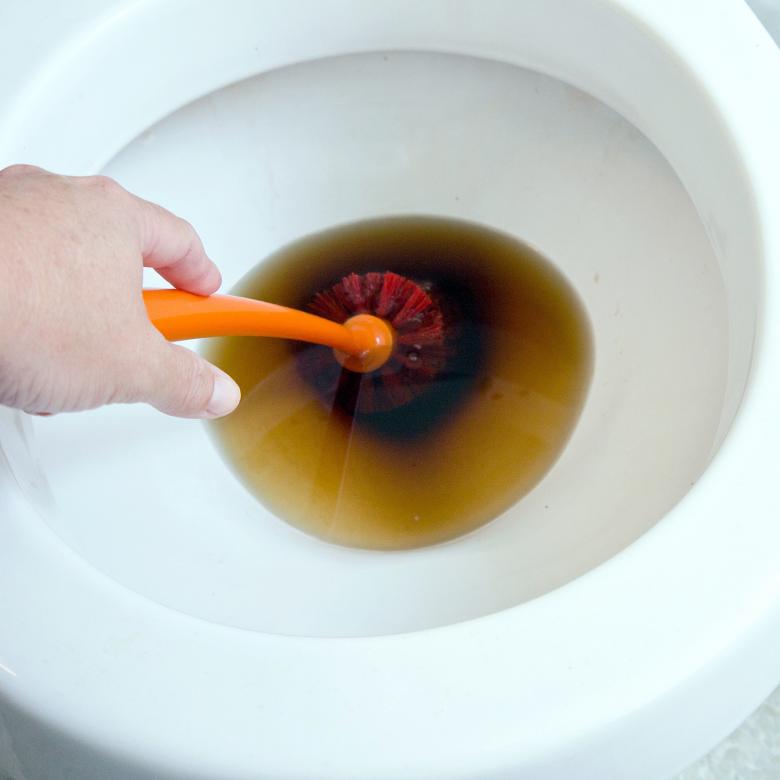
What factors influence the formation of rust. Why it appears on the inside of the toilet bowl:
- Poor quality tap water, which has a high level of metal impurities;
- Broken cistern, which leaks water;
- Rough surface of the toilet bowl or the inner part is covered with microcracks. Mineral salts are easily trapped in the tiny pores of faience.
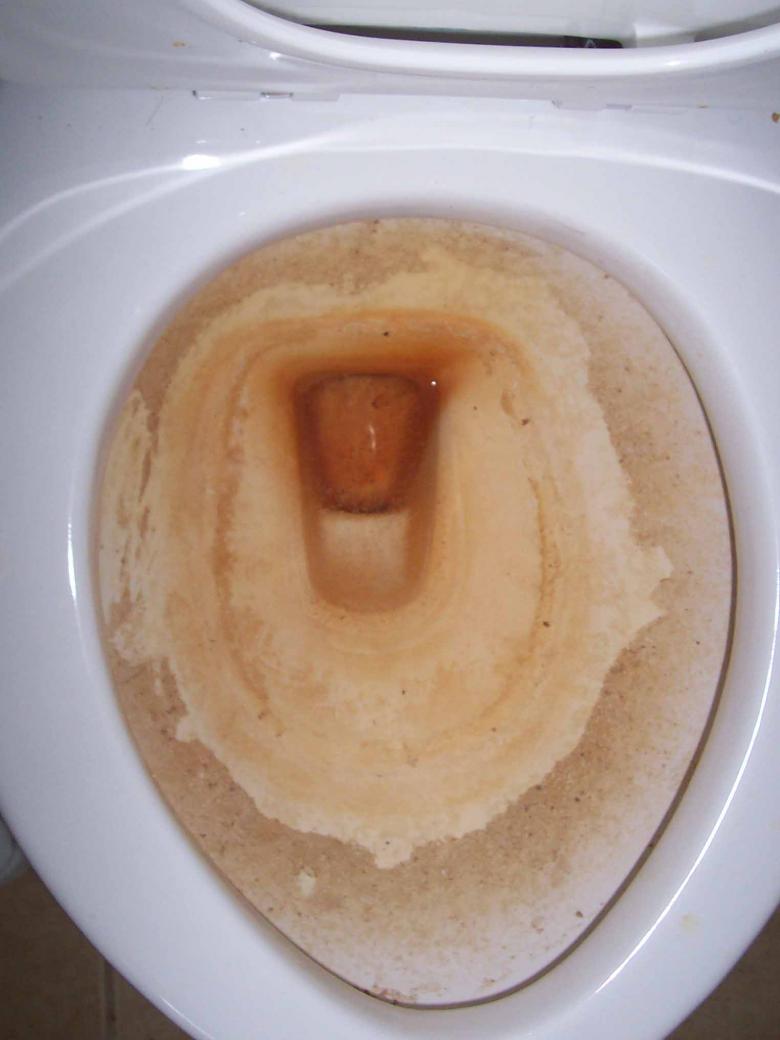
It should be realized that rust is not as much spoils the external perception of plumbing, as the formation of bacteria, bacteria, which provide a stinky smell. Therefore, during the care of the toilet bowl is worth paying attention to these points:
- To clean the plumbing from rust are used soft brushes, sponges that are not capable of damaging the surface of the toilet bowl and make the situation worse.
- The fight against rust begins after the appearance of the first yellow stains. The more the plaque thickens, the more difficult it is to remove.
- Before cleaning begins, excess water is removed from the toilet bowl. A ladle is used for this purpose. The walls and other surfaces are wiped dry. Cleaning powder and other products will have the most powerful effect on rust when used on a dry surface.
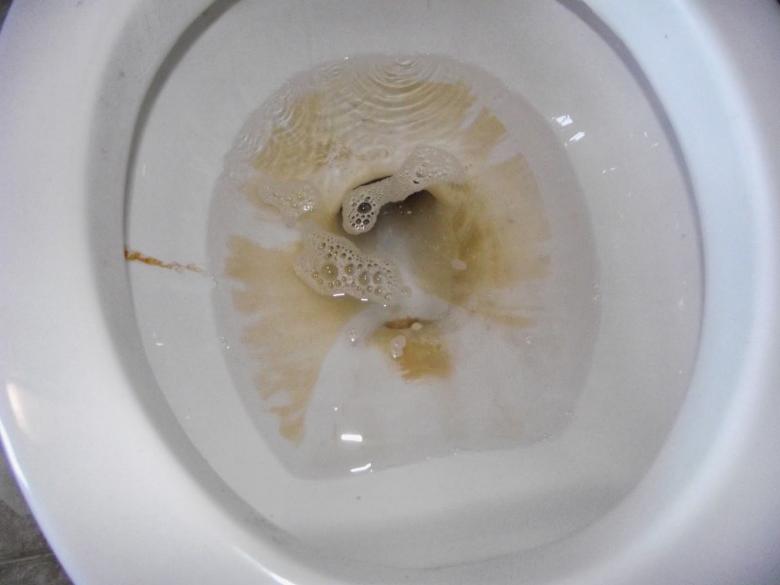
However, gloves and a respirator should be worn when using chemicals against any contamination of the toilet bowl. They will protect the skin of the hands and respiratory tract, protecting against possible poisoning by chemicals. But you should not neglect folk remedies, as they can offer high efficiency.







